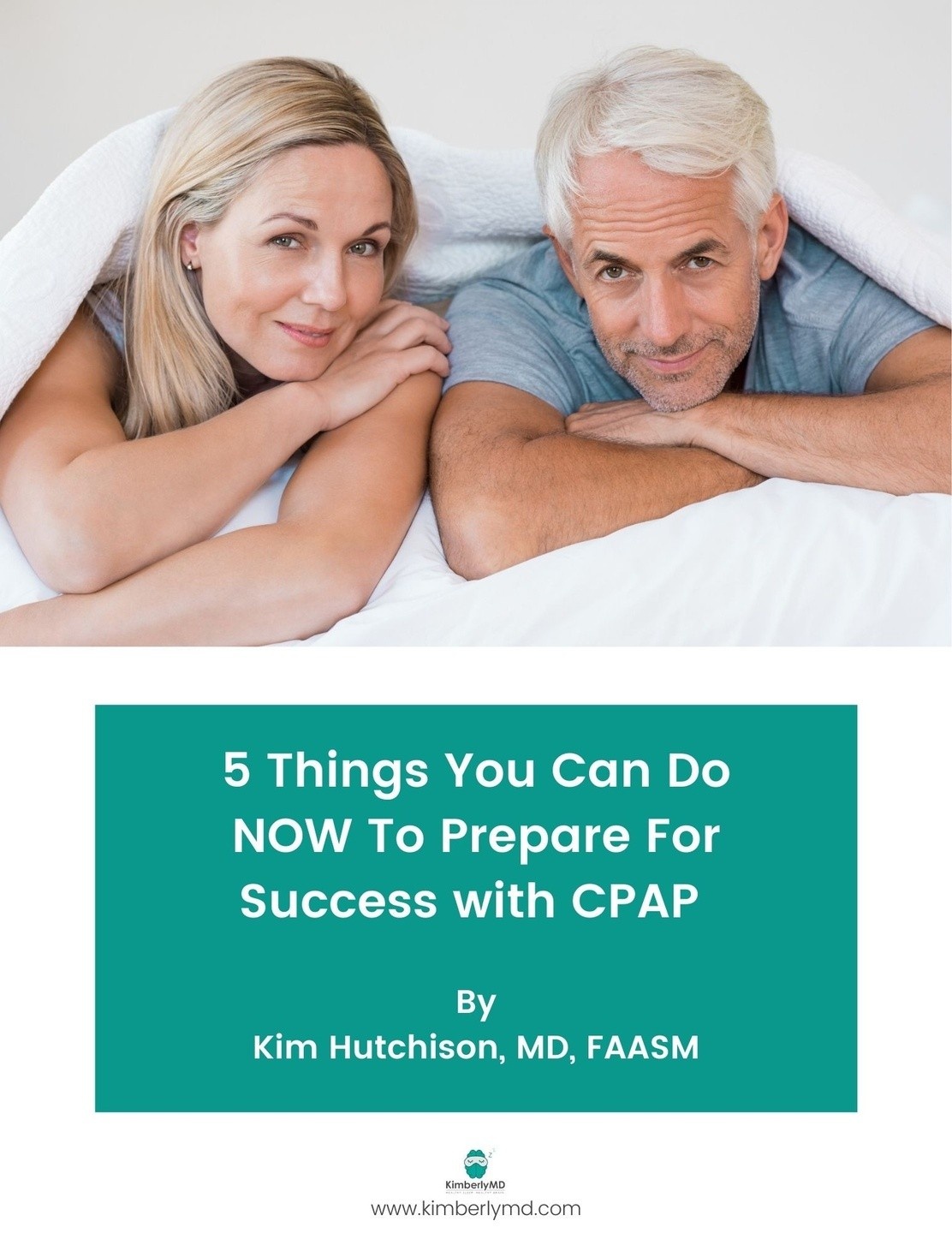What’s involved in a sleep study?
What’s involved in a sleep study?
Are you at risk for sleep apnea? If so, the next step is to get a sleep study. There is really no way around it…because, you want to know! A sleep study is done while you are sleeping and measures your breathing (airflow and effort to breathe) and oxygen levels.
There are two types of sleep studies:
- spend the night in a sleep lab (polysomnogram)
- home apnea test
Think of them like megapixels in a digital camera, the overnight, in-lab polysomnogram is like a 10 megapixel camera that provides extensive, detailed data about your sleep, like sleep stages and leg movements, and it can pick up even subtle sleep apnea.
The home apnea test (sometimes referred to as HAT or HSAT), is like using a 2 megapixel camera – you can see enough to diagnose most sleep apnea, but other details aren’t captured, and sometimes mild sleep apnea is missed.
The home apnea test is usually more convenient for people and costs significantly less money. And because of this, some insurance companies require a home apnea test before paying for an in-lab sleep study.
Home apnea tests are a great way to start your journey of improving your sleep. There are two important things to remember about a home apnea test.
- It underestimates the degree of sleep apnea. Your AHI (apnea-hypopnea index) will be lower than an in-lab sleep study
- If a home apnea test is negative for sleep apnea and you have symptoms suggestive of sleep apnea (like snoring, daytime sleepiness, or non-refreshing sleep – to name just a few), then I recommend an in-lab sleep study. A home apnea test can miss sleep apnea up to 20% of the time!
And don’t forget, you can talk to just about any medical provider about ordering a sleep study. If they can’t order one for you, they can refer you to someone who can.
Why? Because better sleep changes everything. Good luck on your journey.



